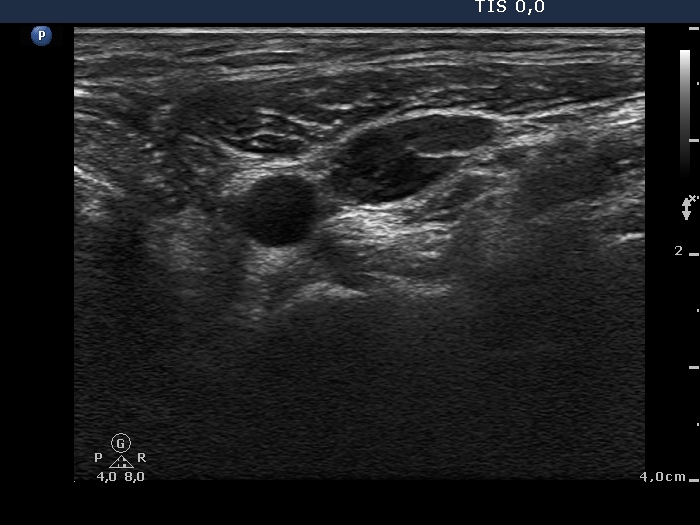
The patient was started on steroid therapy. She had 2 major criteria: arthritis and fever, and 3 minor criteria: lymphadenopathy, elevated LDH and negative rheumatoid factor and antinuclear antibodies. A diagnosis of AOSD was made based on the Yamaguchi criteria. Celiac angiogram to rule out vasculitis was negative. Bone marrow biopsy was negative for malignancy. Excisional biopsy of cervical lymph nodes done at another hospital and reviewed by our pathologist was negative for malignancy. Computed tomography (CT) scan of the abdomen and pelvis was normal. A chest radiograph revealed pleural effusion in the left lower lung lobe.
#Posterior auricular lymph nodes skin#
Papular skin lesions on the neck and upper abdomen were evident. In addition, she had swelling in both knee joints and ankle joints. On physical examination she was found to have several enlarged right anterior cervical lymph nodes (2 × 3 cm in size) and left posterior auricular lymph nodes (0.5 × 1 cm in size) all of which were non-tender, immobile and rubbery. The rheumatoid factor and antinuclear antibodies were negative. Her laboratory studies, including liver function tests, were within the normal ranges except that she had an elevated erythrocyte sedimentation rate (ESR) of 110 mm/hr and lactate dehydrogenase (LDH) of 1975 IU/L (Normal Range: 200–480). ConclusionĪlthough the association between adult onset Still's disease and lymphoma has been rarely reported, careful screening for this malignancy in patients suspected to have adult onset Still's disease is warranted.Ī 32-year-old woman presented in 1991 with a 2-month history of fever reaching 39.5☌ and associated with arthritis in the knees, ankles and shoulders, a nonpruritic skin rash, myalgia and weight loss.

To our knowledge, this is the third reported case of such an occurrence. She then passed away from hepatorenal syndrome 13 years after the diagnosis of lymphoma. Work up revealed a cirrhotic liver and ascites. She was treated with chemotherapy and was doing well until she presented with abdominal pain. She remained in good health until she presented 10 months later with low back pain, dyspnea and weight loss. Bone marrow biopsy was also negative for malignancy. Excisional biopsy of the cervical lymph nodes was negative for malignancy. On physical examination she was found to have several enlarged anterior cervical lymph nodes and left posterior auricular lymph nodes all of which were non-tender, immobile and rubbery. She initially presented with fever and arthritis of the knees, ankles and shoulders, along with a nonpruritic skin rash, myalgia and weight loss. We describe a woman who was diagnosed with adult onset Still's disease and developed lymphoma 10 months after the onset of her symptoms. Searching the medical literature using the MEDLINE database from January 1966 through November 2007 we could only find two reported cases of adult onset Still's disease that had progressed to lymphoma.

Lymphadenopathy is a prominent feature of adult onset Still's disease and is seen in about 65% of patients.

Adult onset Still's disease is a chronic multisystemic inflammatory disorder characterized by high spiking fever, polyarthralgia and rash.


 0 kommentar(er)
0 kommentar(er)
